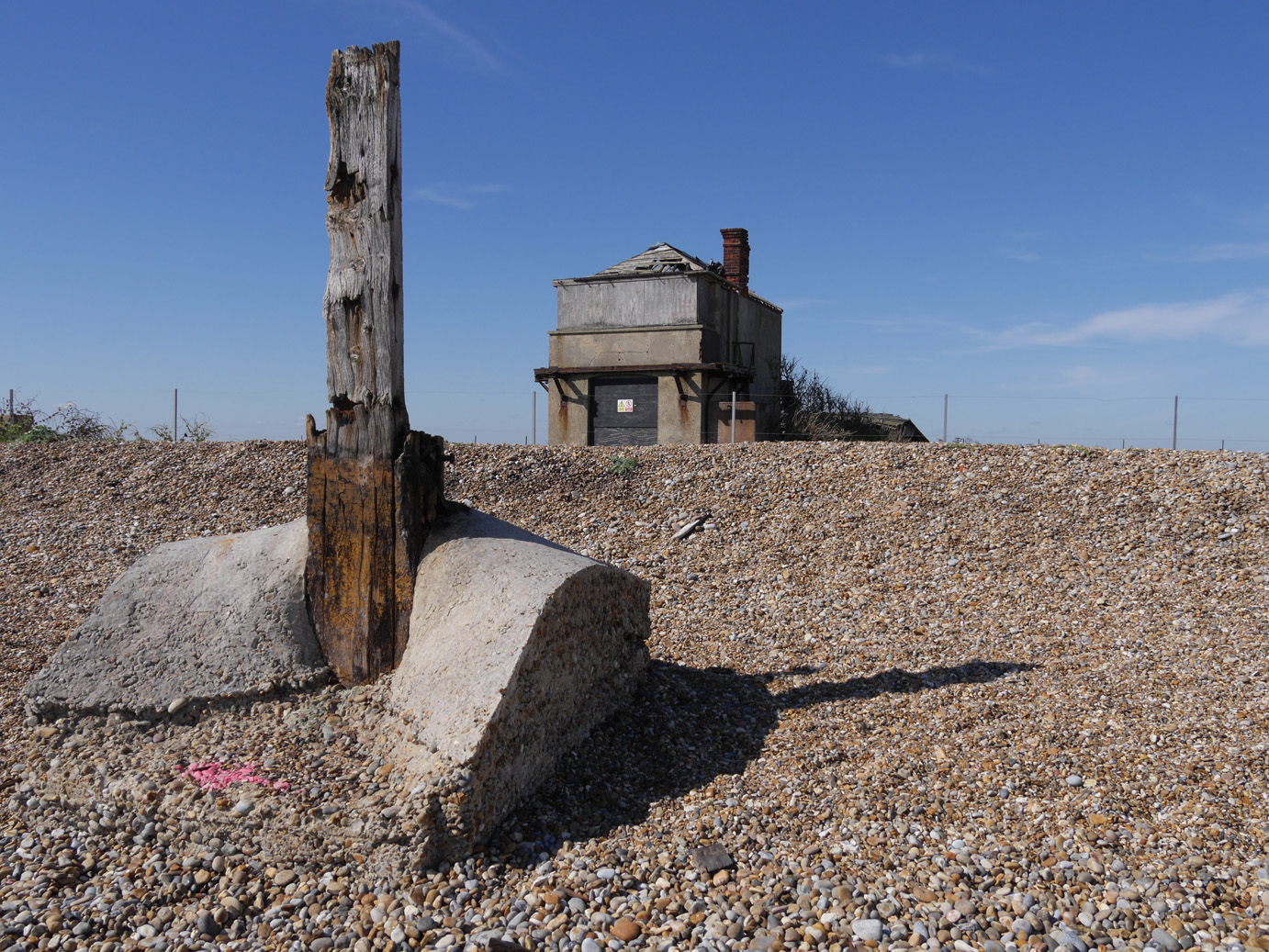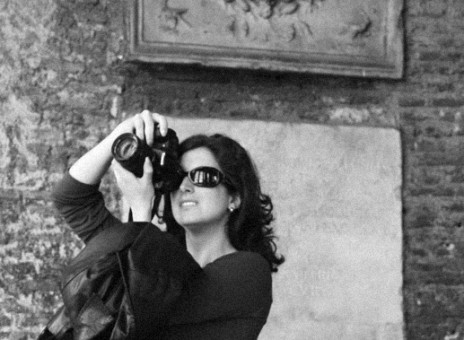Archaeology Training with CITiZAN at Orford Ness
On 2-3 July 2016, Nadia Bartolini, researcher in the Transformation theme, took part in a weekend of archaeology training with CITiZAN at Orford Ness.

The Coastal and Intertidal Zone Archaeological Network (CITiZAN) is a 3-year project with the objective of monitoring the 6,500+ miles of English coastline. The project is based on training a network of volunteers to help recognise and record features in their area. In other words, CITiZAN empowers local groups and individuals to work together to create a more complete picture of England’s heritage that is most exposed to coastal erosion.
The Transformation theme of the Heritage Futures program was particularly keen to work with CITiZAN at Orford Ness as we both saw the value of the post-War historical features from an archaeological as well as heritage point of view. If CITiZAN’s goal is to record features that are at risk of being eroded, the Transformation theme’s interest is to see how Orford Ness’ ever-changing features and landscape can have an impact on the volunteers who are recording them.
To demonstrate how quickly structures along Orford Ness’ coastline can change, a photograph of the same coastguard’s post was taken 8 months previously, in September 2015. Hence, as one volunteer noted during the archaeology training, in dynamic environments, not everything can be conserved, so preserving the knowledge (images, recordings and first-hand experience) becomes particularly important. This is why the volunteers’ contributions to record the present moment will be useful for future generations.
What is heritage at Orford Ness?
It may seem like an odd question at first, but asking people to define what they mean by ‘heritage’ at Orford Ness points to what they value most at that location. Certainly, some structures and natural elements were named: the post-War structures or the shingle spit, for instance. Yet most of the volunteers answered that the whole of Orford Ness was heritage, from the natural environment to the structures, including memories. If archaeology is mostly concerned with objects and structures, there was still a strong sense that the marshlands, habitats and species were intrinsically part of the concept of heritage; put another way, that both nature and culture formed heritage.
Can heritage include change?
In defining heritage, one volunteer specified ‘”the whole of the Ness as it changed over time”. This suggests that it’s not only what we can see and feel now, but that heritage includes an acceptance of change: how the landscape and structures have changed in the past, and potentially how they will continue to change in the future. I was surprised to find how many of the volunteers that weekend were accepting of change in their elaboration of heritage. One of the questions I asked was whether they would be ok with letting things go and letting nature take its course – even if that meant that landscapes might change dramatically and that structures might one day erode and disappear? One volunteer responded “Yes. If this does not happen the world will not be sustainable.”
Recording for the future
As a geographer, I was interested to learn what it meant to ‘do’ archaeology. Of course, I was no stranger to the television series Time Team. But our interest here was to gain a better sense of the relationship between learning the skills and the site itself: do attitudes towards Orford Ness (and its heritage) change once one becomes responsible for monitoring its materials? As the weekend bore on and volunteers mapped, drew, measured, photographed and recorded, I took the opportunity to film these moments (see the short video below). They worked hard, pondered structures and their function, reflected on the original materials used and their slow decay, and were diligent in making sure they had noted all the information needed to adequately record the evidence before them. Whilst most of the volunteers’ attitudes hadn’t changed (I found out that many of them had had previous archaeological training at similar weekends in other parts of England), some expressed their surprise at how fast the structures were deteriorating, while others had discovered a beauty in contemporary structures — as opposed to the more conventional appeal of ‘ancient’ ones.
It is common to think that the work of archaeologists is to uncover the past. But there is no denying that what CITiZAN and their trained volunteers are doing is recording structures now — before they disappear — so that information on them is preserved for the future. I wonder: if more and more people had the opportunity to be responsible for recording materials in their own neighbourhoods and cities, whether their attitudes towards the place (and its heritage) might change?

‘Heritage’ is dynamic and changes with time and different cultural attitudes so it’s not about preserving everything and maintaining the status quo.
Quote from a volunteer
